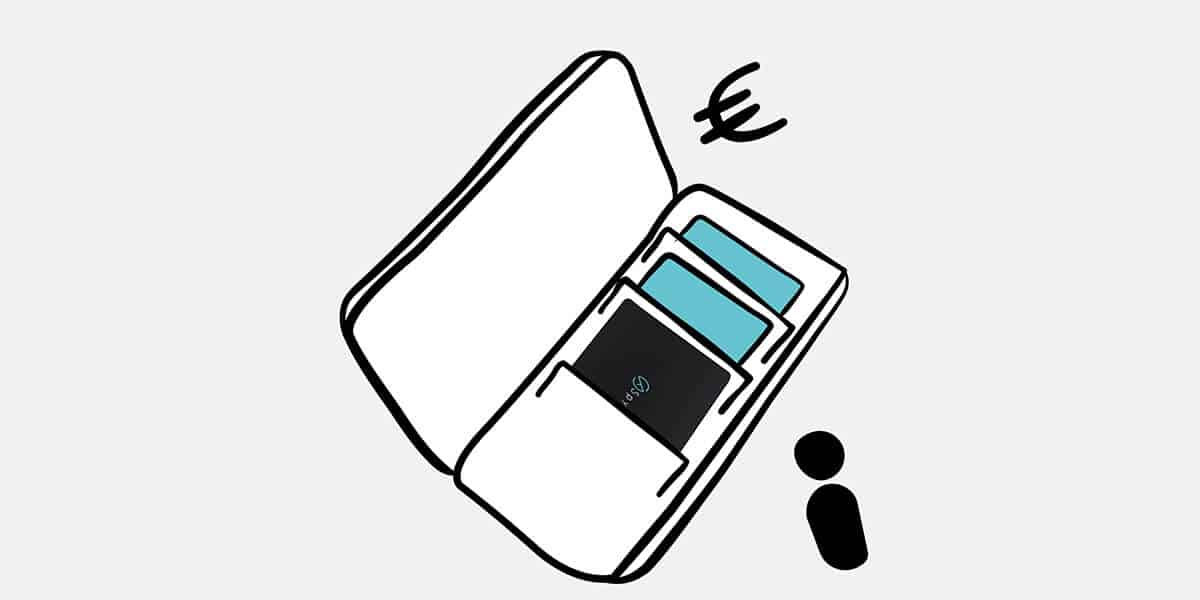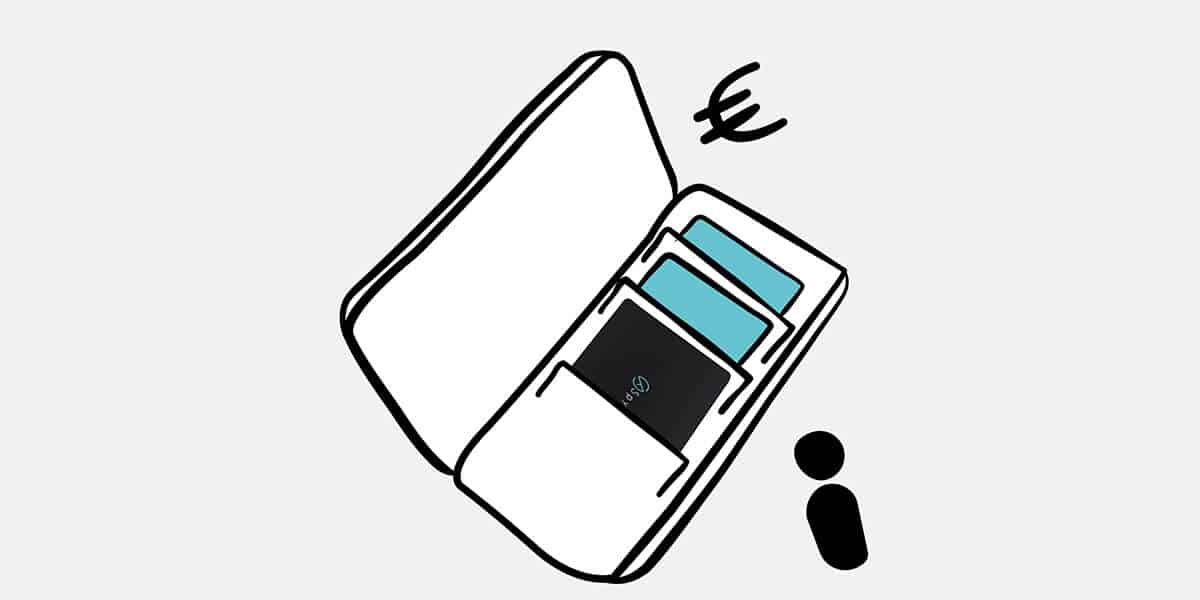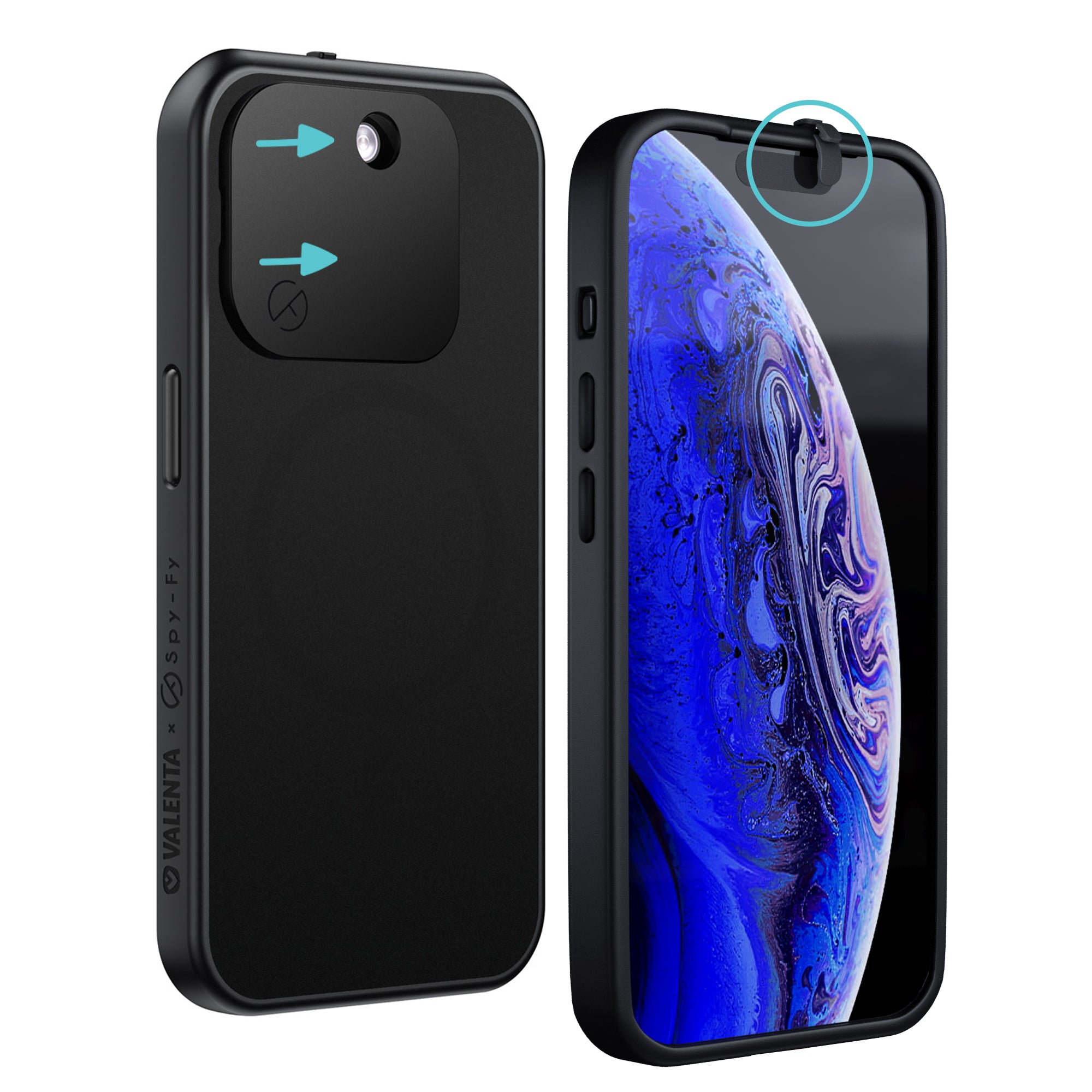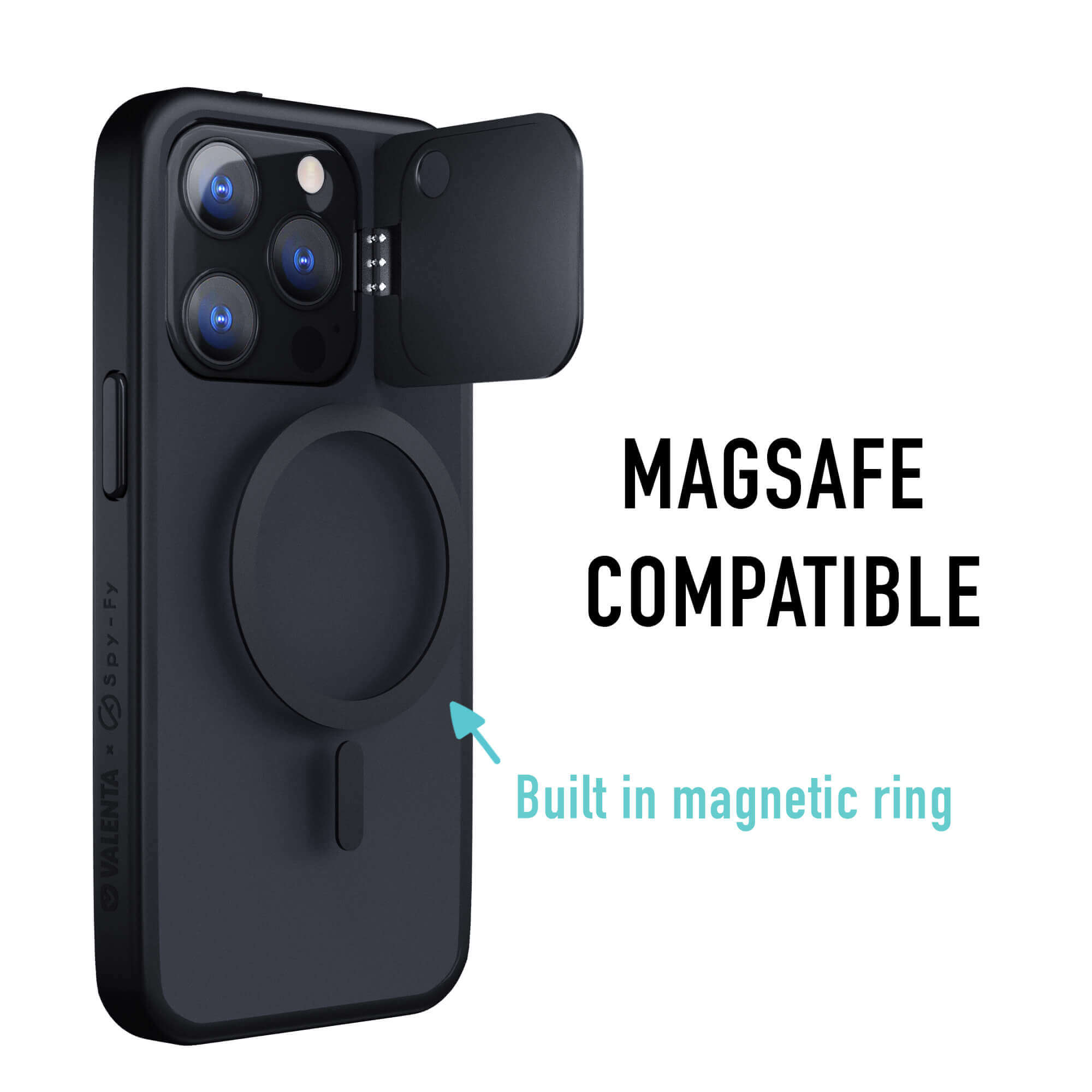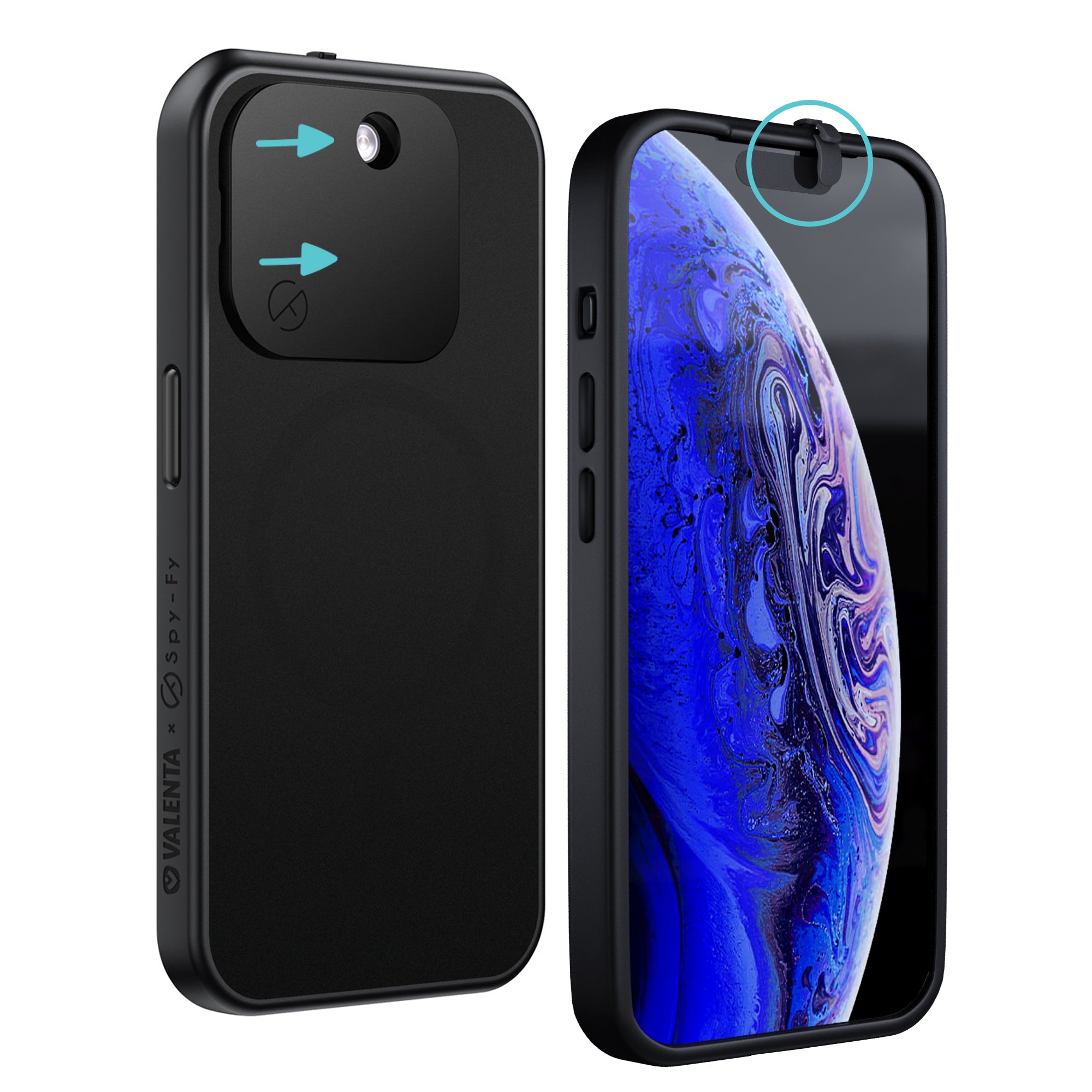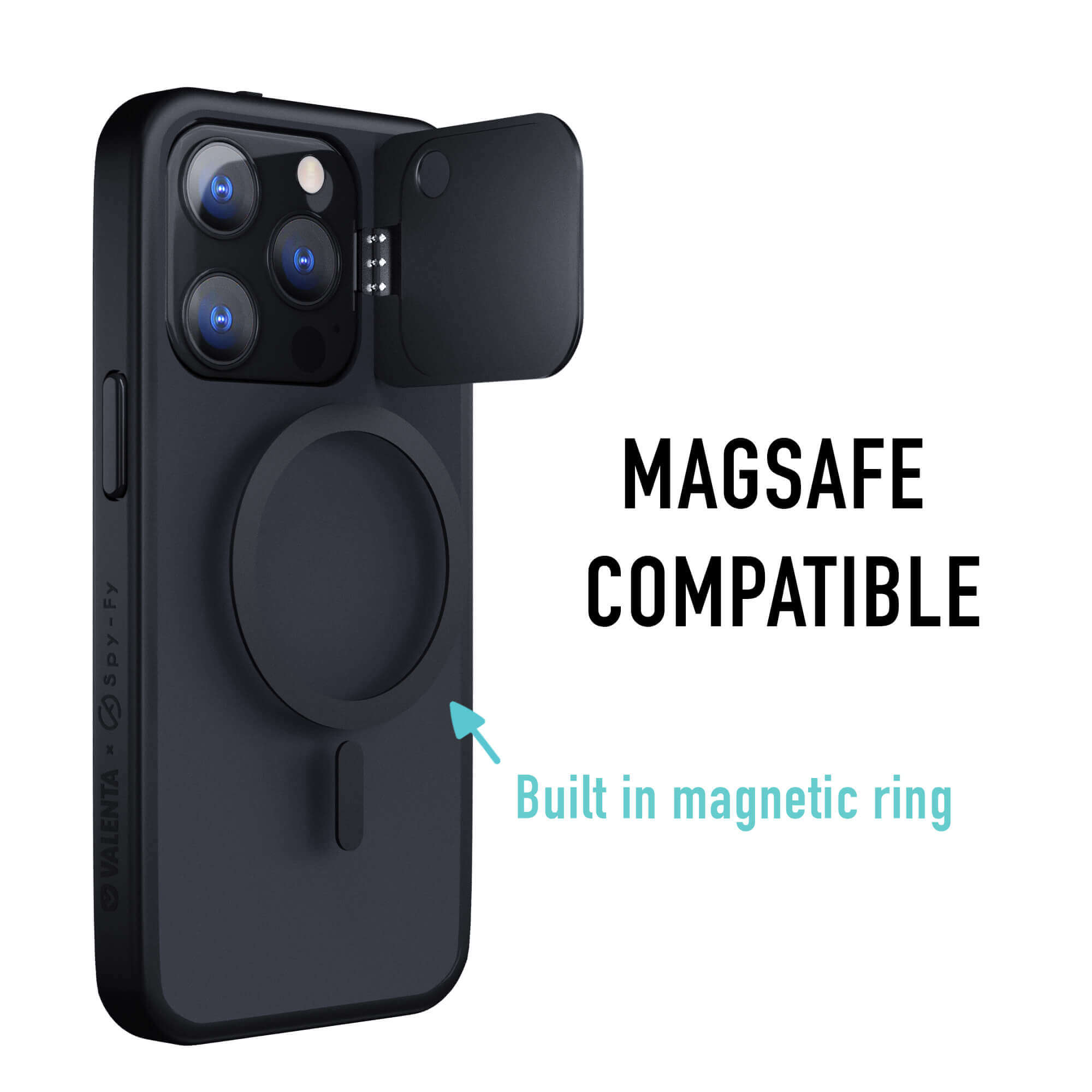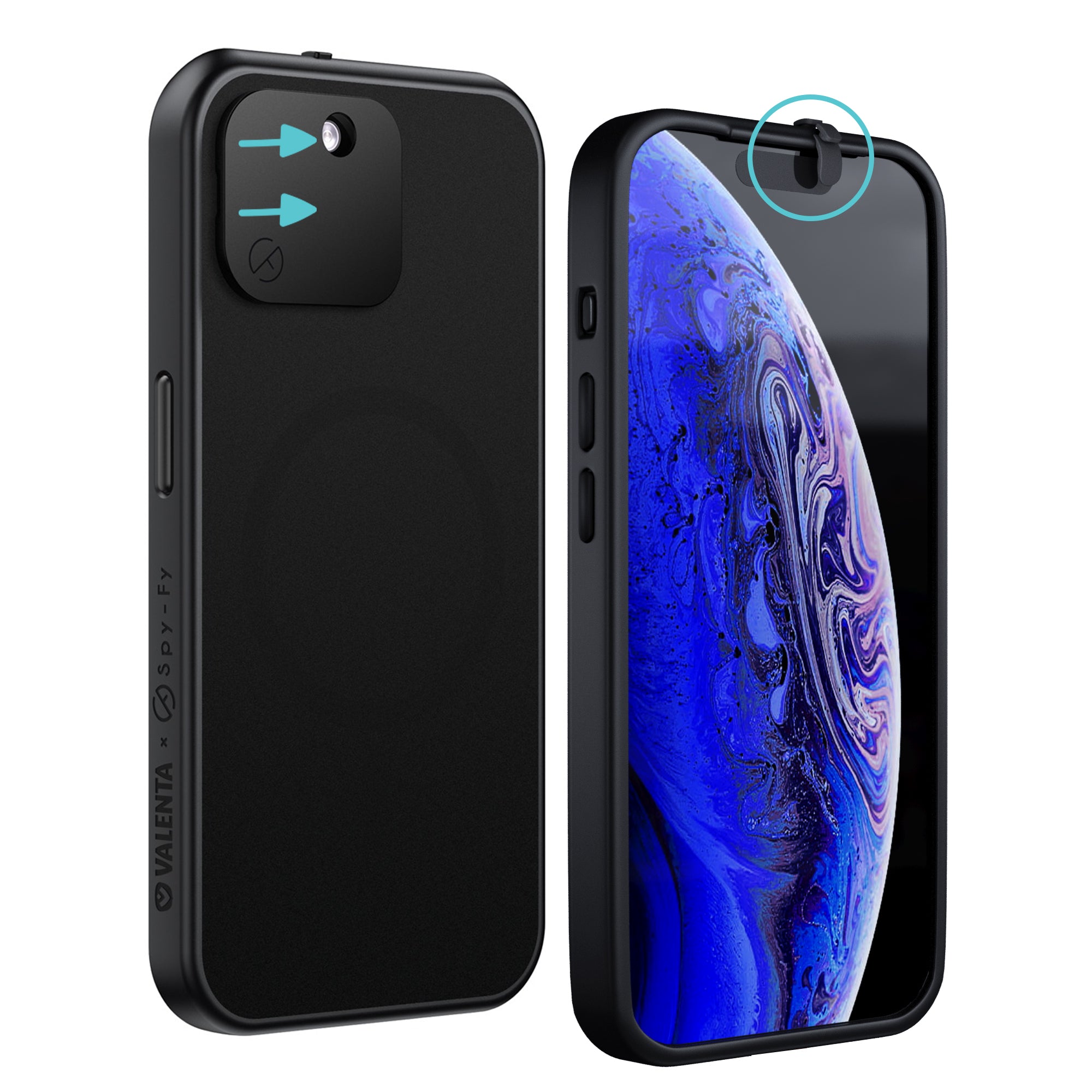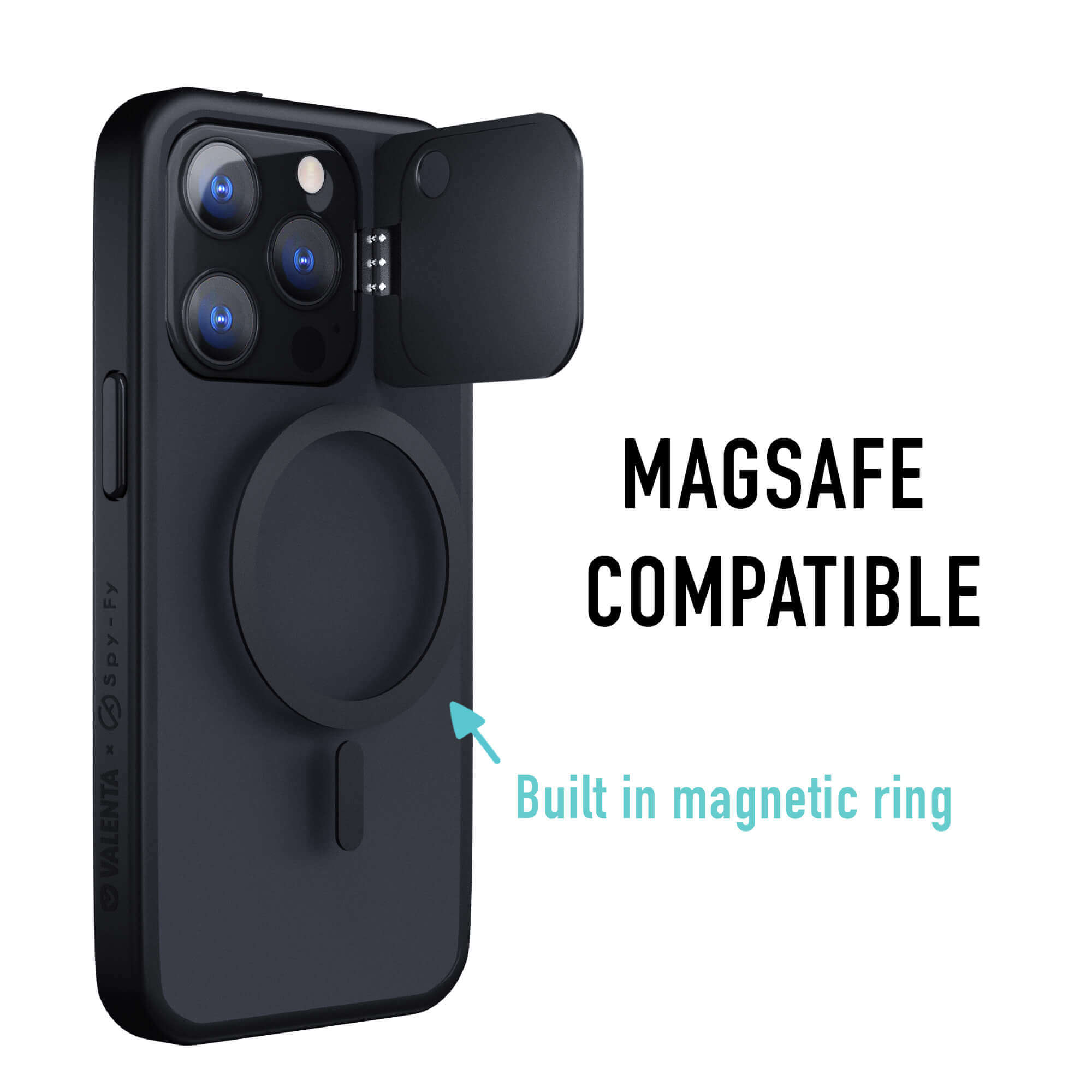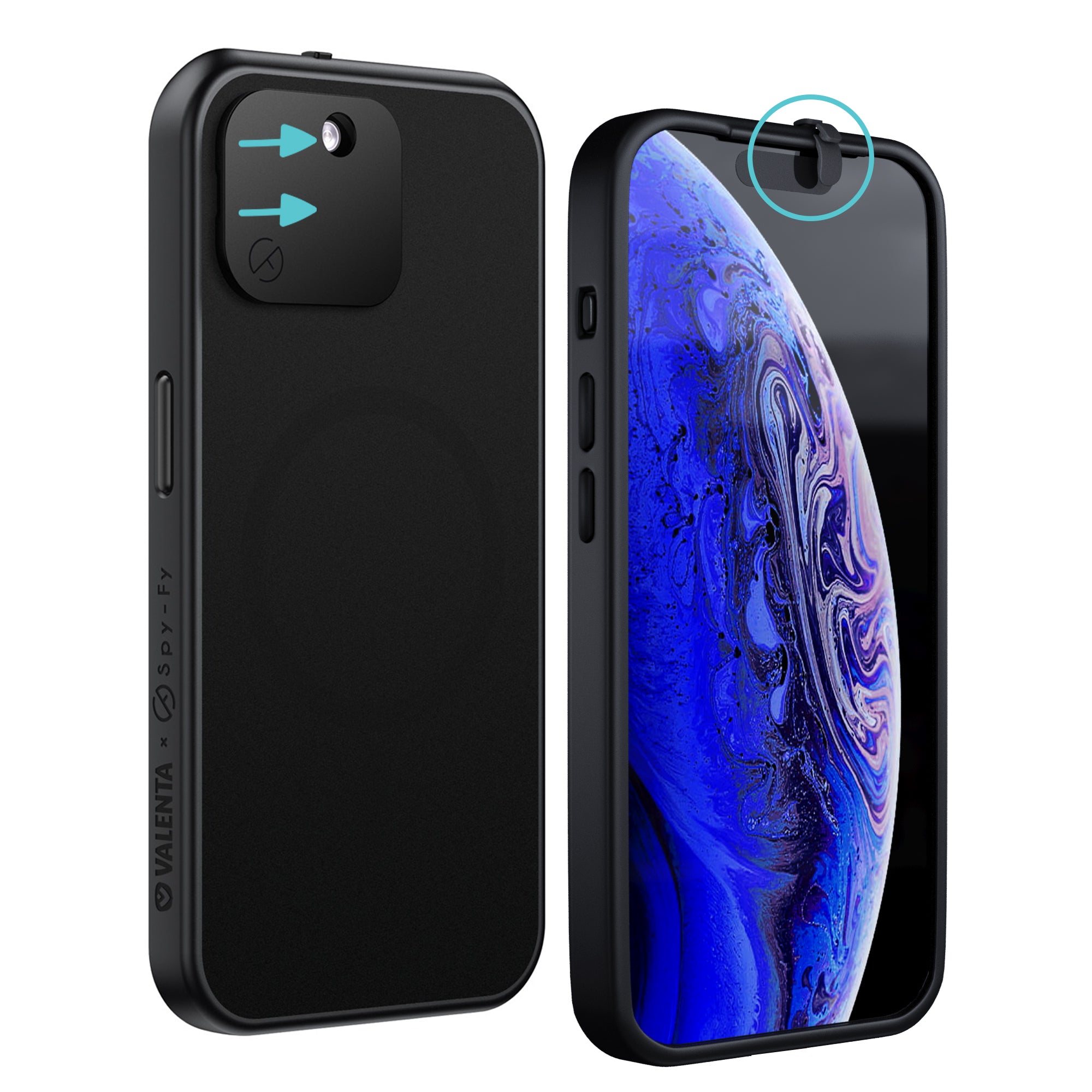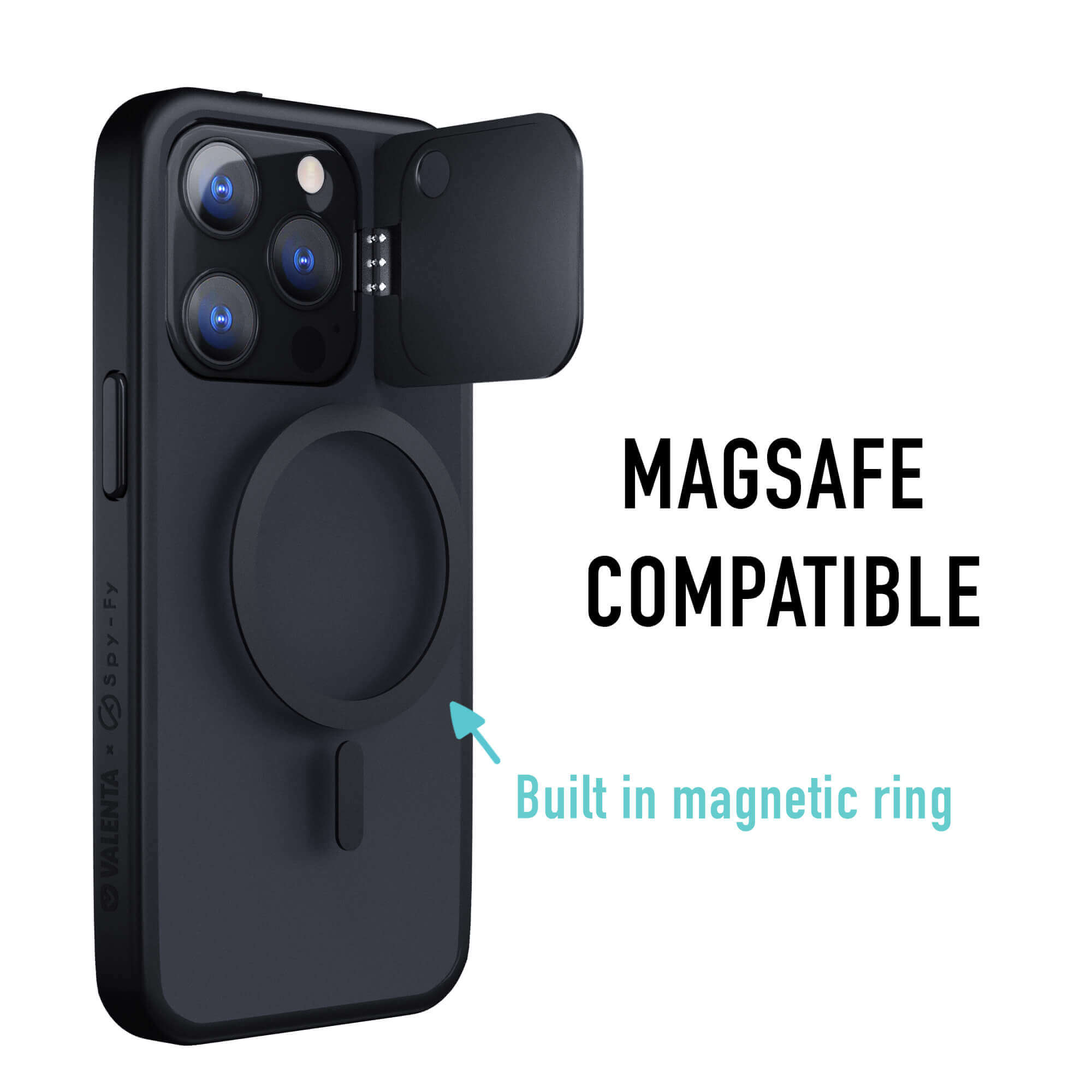Introduction
With new innovations in credit card technology, it is becoming easier to make payments, while increasing transaction security at the same time. One such development in payment card industry is the use of Radio Frequency Identification, or RFID technology. With the help of this technology, users are able to make payments by putting their cards close to the card reader, hence, called “contactless smart cards”.
What are Contactless RFID Smart Payment Cards?
Contactless smart cards use the EMV protocol to communicate with devices enabled with Near Field Communication (NFC). Every card has an antenna embedded inside it which enables it to communicate with the reader without physical contact. RFID cards can find their applications in access control, public transport payments, parking, cashless vending, toll payment, and more.
How do they work?
RFID has been here since a long time now. It is a term that describes technology based on radio frequencies for things such as scanning items at grocery shop or getting office access through a key fob.
The RFID chip in the contactless card is not powered. It gets power transferred to it in the form of Radio Frequency when the card comes in vicinity with the contactless payment terminal. Since there is no PIN code or signature required for contactless purchases, banks usually put a limit to maximum purchase per transaction, such as $50.
The Near Field Communication (NFC) technology also makes it impossible for a fraudster to link the card with its original identity credentials by using tokenization. This is made possible by replacing the card’s actual number with another unique set of characters and numbers for every transaction that is carried out. This token is only valid for one transaction; hence, the same information cannot be used twice.
Advantages and Disadvantages
Contactless RFID cards are faster and secure and have the same protection like other smart cards. When connected to a smart phone, they can show features such as remote deactivation, virtual card provisioning, payment history and user-configured PIN. The tap-to-pay method of an RFID card allows for convenient transactions, making it particularly useful at transit venues.
Many smartphones today come with NFC capability and can use applications for reading data stored in contactless cards. There are also open source software programs available for reading and extracting contactless card data, which can then be used for building NFC application. This ease of use and availability can go against the cardholder. An attacker can use an NFC enabled phone coupled with an app or an RFID reader to extract data from potential victims in a crowded public space and steal their card data – an act known as “electronic pickpocketing”.
How to protect yourself against Electronic Pickpocketing?
As a solution to electronic pickpocketing, Spy-Fy has developed several solutions of RFID shielding products. RFID blocking technology stops unwanted transmission by sending out an active 13,56MhZ blocking signal. That way you can keep electronick thieves out of your wallet. You can order our RFID Shielding Technology products right here.
